Solar tracker, also known as solar tracker, is a system preferred to get maximum light by positioning throughout the day according to the angle of movement of the sun. While more energy is obtained thanks to these systems other than standard solar panels, the main task of these panels is to capture light at the appropriate angle during the day. These panels, which are used in solar power plants, especially in commercial and industrial energy applications, follow the sun rays seasonally as well as daily tracking.
Solar tracker, which can be preferred as single-axis and dual-axis, provides many advantages in the long term. Single axis tracking systems move in the east - west direction. It tries to achieve maximum efficiency by following only horizontal movements. It is cost effective. Dual axis tracking systems move in the north - south and east - west direction. In other words, they are both vertical and horizontal systems. While it is among the most preferred applications, it also follows the changing angle of the sun throughout the year.
Advantages of Sun Tracking Panels
Solar tracker provides advantages to its users in many aspects. Firstly, these systems, which can be used in large and small-scale projects, are also preferred in off-grid regions and agricultural areas. The solar tracker panel, which can be used off-grid by anyone who wants to produce their own energy, has become indispensable for rural and agricultural areas. In addition, this application, which is preferred as biaxial in small-scale projects that want to increase efficiency in the field, is also used in commercial projects to provide high energy production.
Solar tracking panels provide more energy efficiency than fixed panels. While average efficiency is obtained in fixed panels, 45% efficiency is in question in these systems. Area efficiency is much higher for solar trackers with medium maintenance needs. Although the cost is high at the beginning, the return is high in the long term. Efficiency increasing algorithms can be used in these panels, which are constantly updated with the developments in the solar energy industry. In addition, thanks to software optimisations, it can be preferred at a lower cost. New generation systems can now adjust themselves according to the weather and automatically switch to protection mode in adverse conditions. The advantages of panels that follow the sun continue to be listed below.
- Seasonal Adaptation Advantage: The highest efficiency can be achieved in summer and winter in biaxial systems that move according to the constantly changing sun angles throughout the year.
- Space Advantage: These systems can transmit higher energy capacity to the same area. In other words, those who want to use the space efficiently in projects with limited areas can choose a solar tracking system.
- High Performance: The solar energy tracking panel is placed at right angles to the sun. In this way, energy production is optimised. In the evening and morning when the sun's rays are low, energy production continues thanks to the solar tracker.
- Efficiency: The efficiency of these systems is high. Thanks to its surface area, it continues to receive light throughout the day, resulting in 30% to 45% more production.
- Single Axis Systems: These systems provide 10% to 30% more efficiency than fixed panels. It is low cost compared to dual axis panels. In addition, the number of moving parts is low and thus the need for maintenance is low.
- Dual Axis Systems: Offers the advantage of fully tracking the sun. It is compatible with all changes in solar angles and efficiency is high throughout the year. In addition, maximum efficiency can be achieved in small areas.
These systems have moving parts. Naturally, maintenance should be done more frequently. Long-term use can be ensured by applying regular maintenance to prevent wear of sensors, gears and motors. It should be noted that the solar tracker installation, which can protect itself against extreme weather conditions, is complex. However, the efficiency obtained is much higher than standard panels.
How Do Solar Panels Follow the Sun?
Solar tracking system, solar tracker, follows the sun thanks to electronic and mechanical systems. The movements of the sun during the day are monitored through these systems and the panel angle is automatically adjusted according to these movements. The details of the tracking process, which takes place thanks to control units, motors and sensors, are shared below.
- Sensor Tracking: Solar tracker systems include light sensing systems. There may also be photodiodes. The intensity and direction of sunlight are detected by these. As the intensity and position of the light changes, detection is made by the sensors. After the angle is calculated, the panel is ensured to return to the right place.
- Motor and Mechanisms: Information from the sensor is sent to both motor and mechanical systems. Motors ensure that the panel moves according to the correct angle. In single-axis systems, there is horizontal movement, while in dual-axis systems, there is both horizontal and vertical movement.
- Control Unit: The control unit is known as the brain of the solar tracker system. Here, the data from the sensors are processed and the direction and time of movement of the motors are determined. After these automatic processes, the panels start to move in accordance with the position of the sun. In case of deviation, corrections are made. In addition, it can switch the panels to protection against adverse weather conditions.
- Motion Tracking: The solar tracker moves the solar panels from east to west. In this way, it continues to capture sunlight at the highest level. The tracking panel surface is always positioned at the most favourable angle. Even if it is at a low angle, the panel turns directly to the sun and continues to produce energy. In addition to daily movement, seasonal movement tracking is also performed. The sun moves at high angle in summer and at low angle in winter. Dual axis solar tracker can be used for seasonal movement tracking.
- Protection Mode: These systems have a special protection mode. Damage to the panels on stormy or windy days is prevented. When the protection sensors detect such situations, it brings the panels to a horizontal position via the control unit. The same applies to weather events such as icing or snow.
Thanks to these features, panels with tracking system, which work more efficiently than fixed panels, optimise themselves according to the position of the sun. When preferred in large-scale projects, energy production can increase up to 45%.
Recommended Content: Solar Tracking System - Learn More About
Do Panels Following the Sun Fail?
Panels that follow the sun can sometimes malfunction. Because these systems have electronic components. Since moving parts are also used, different problems can be observed. When the correct maintenance process is carried out, long-term use will be in question. Below are the most common malfunctions and solution suggestions in solar tracking systems.
- Installation Errors and Incorrect Installation: Incorrect installation of these systems will cause the system to malfunction in the long term. Naturally, support from professional companies is required. Especially the failure of the sensor brings about the misalignment of the panel. Trouble-free installation should be done with a correct installation and expert support.
- Connection Problems: Loose connections can interrupt the flow of electricity. In addition, cable abrasions can also prevent the system from working correctly. Therefore, it is important that the cables, especially those located outdoors, are not affected by environmental factors.
- Calibration Problems: After a while, the motor and sensors may go out of calibration. This situation causes the panels to be misguided. In order to avoid calibration problems, it is necessary to make sure that the system is working from the right angle. In addition, early problem detection means maintaining high performance in the long term.
- Energy Supply Problems: Electrical energy is required for the smooth operation of the control units and the motor. In case of an interruption in the energy supply, the tracking system may completely stop. Therefore, it is important that the system is supported by a battery that can back up itself. In addition, a reliable energy source must be provided.
- Problems Caused by Environmental Factors: Solar tracker, which works mostly in open air conditions, can be affected by events such as hail, snow, storm and rain. Durable materials should be preferred to prevent these situations that can cause physical damage.
- Sensor Problems: It should not be forgotten that the sensor, which is one of the most important components, may present incorrect data due to water accumulation, dust or dirt. Therefore, regular cleaning and maintenance should be performed.
You can use solar tracking systems with high performance in the long term by paying attention to factors such as regular maintenance, cleaning, spare parts stock and calibration. Replacement of wearing parts, keeping the sensor and panel surfaces clean, activating the automatic protection mode are the factors to be considered for these systems.


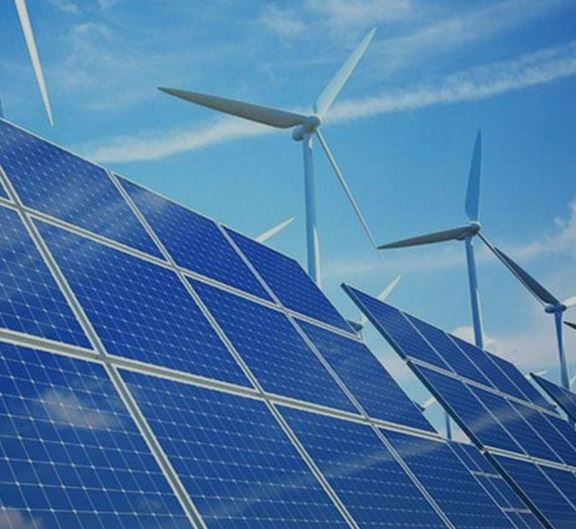
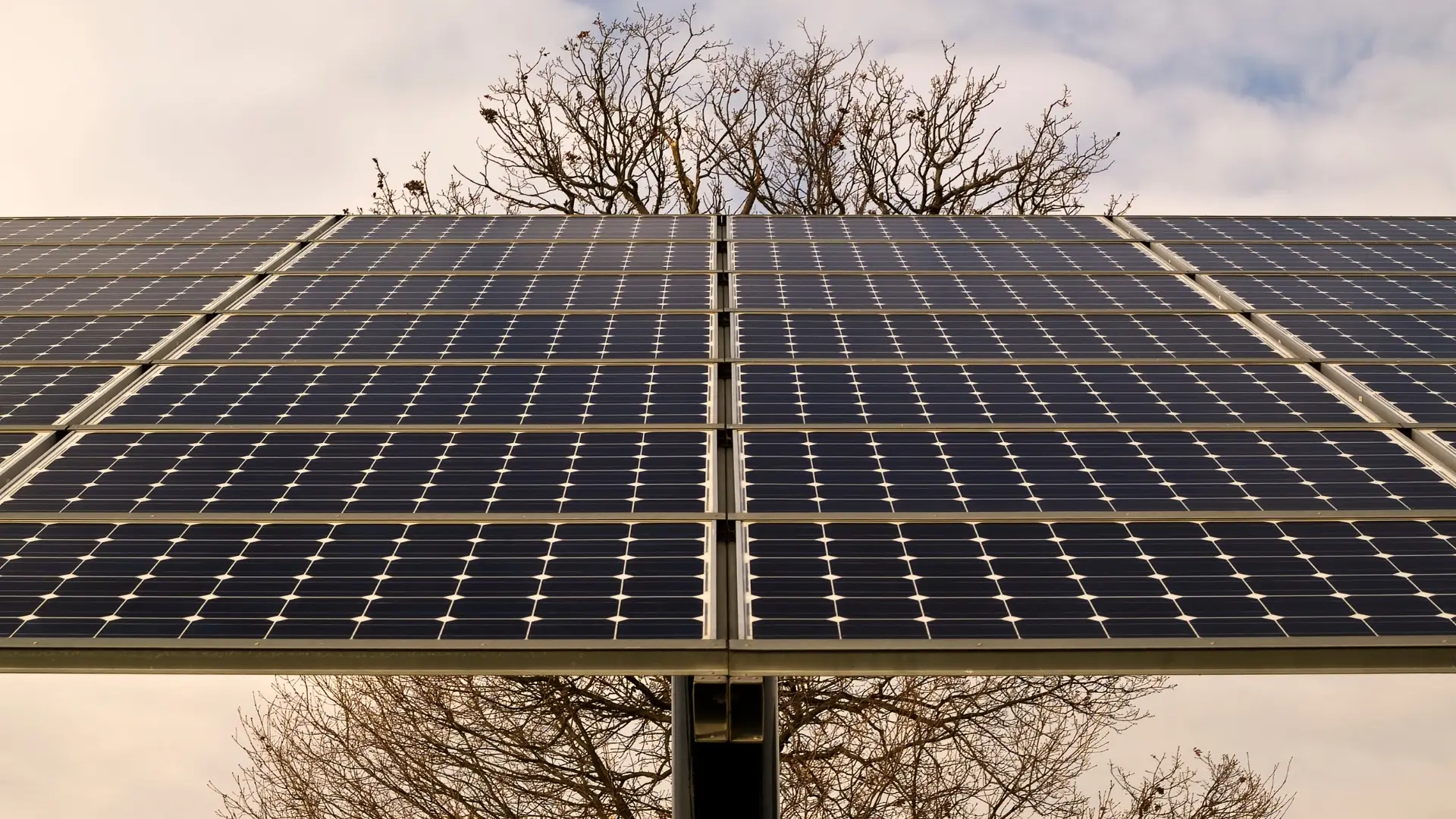
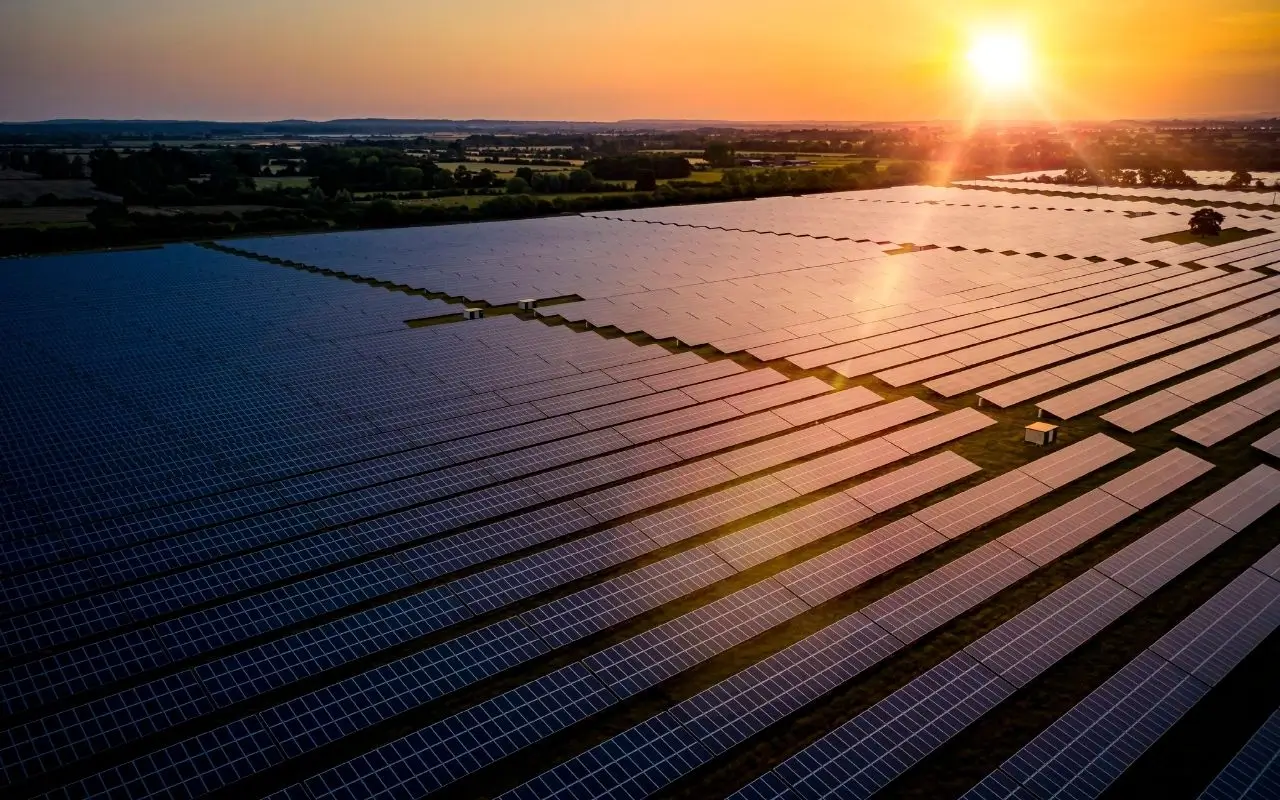
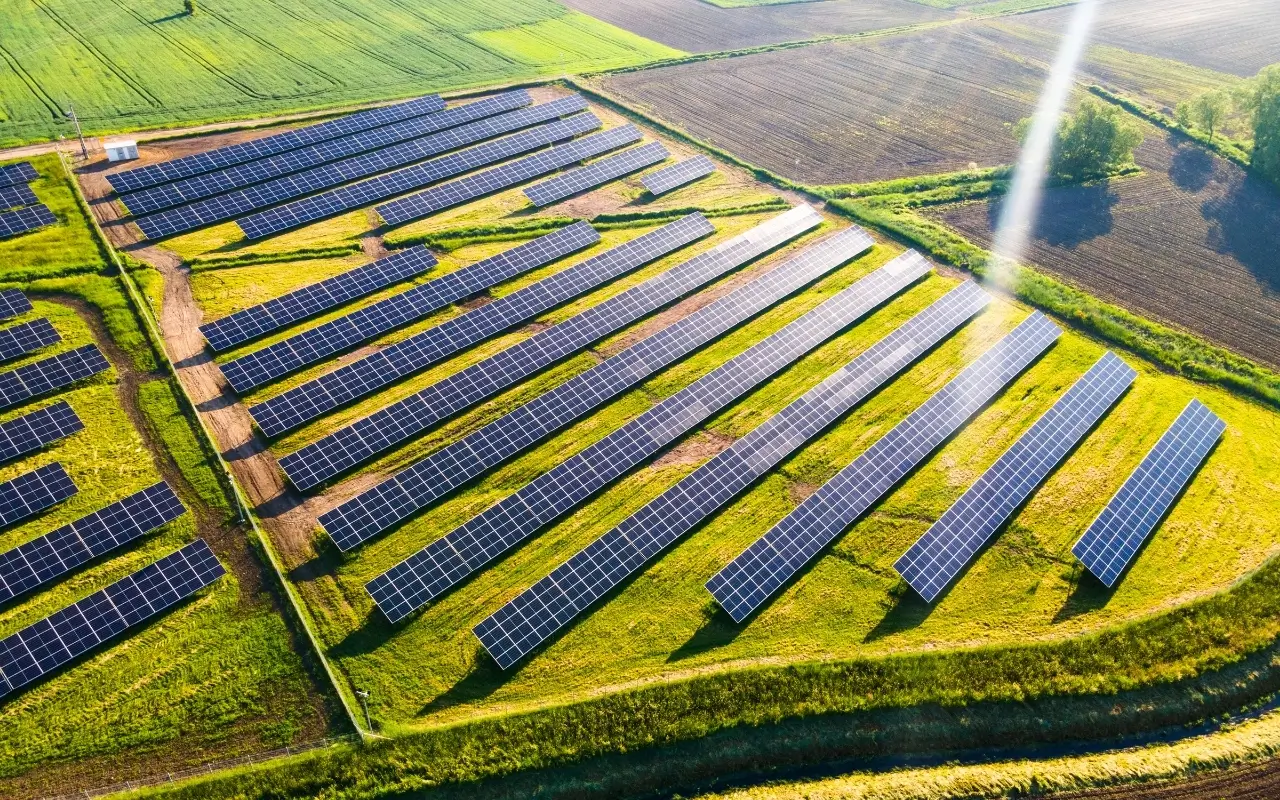
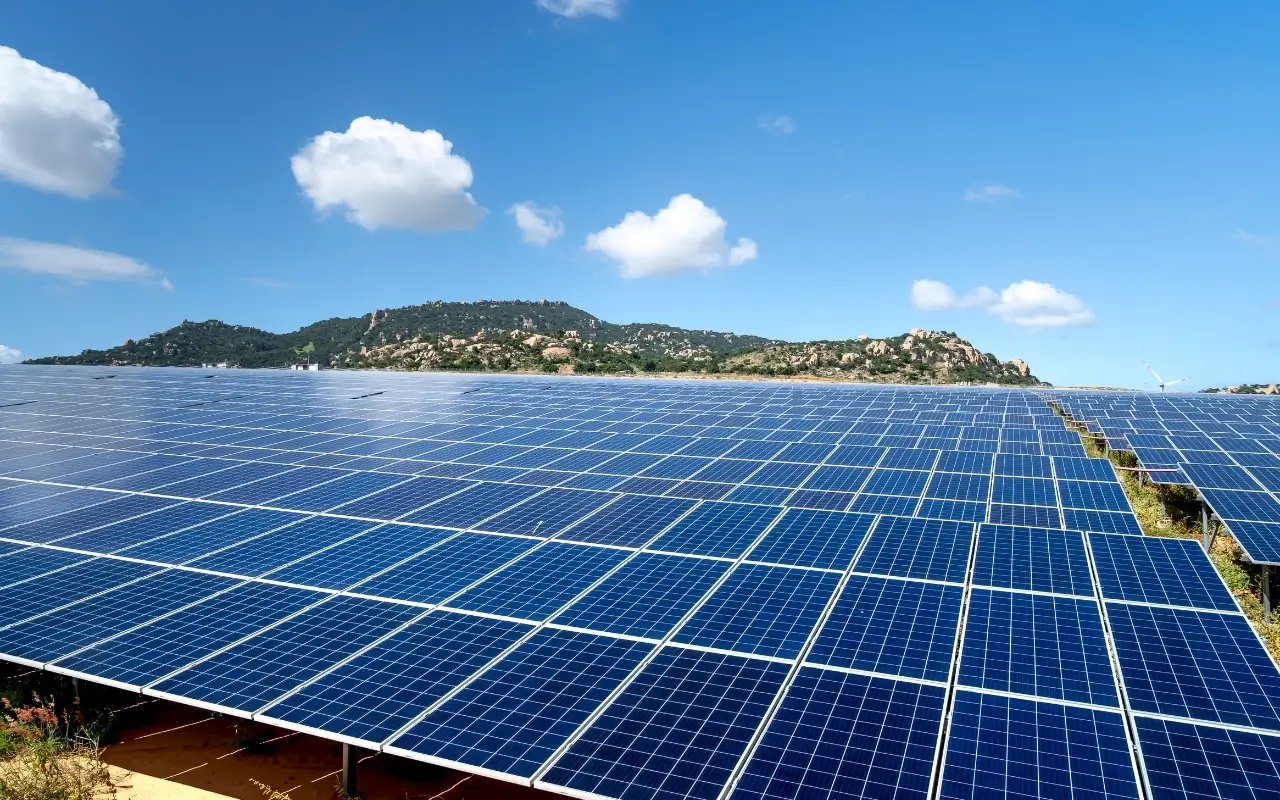
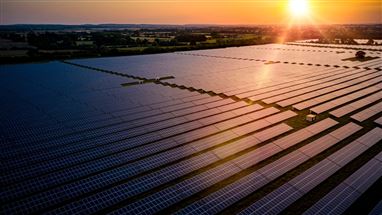
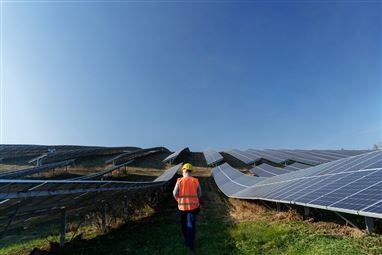
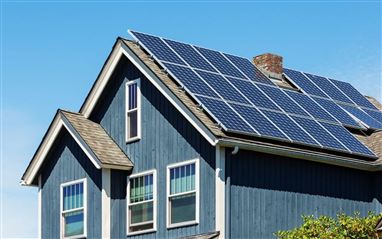

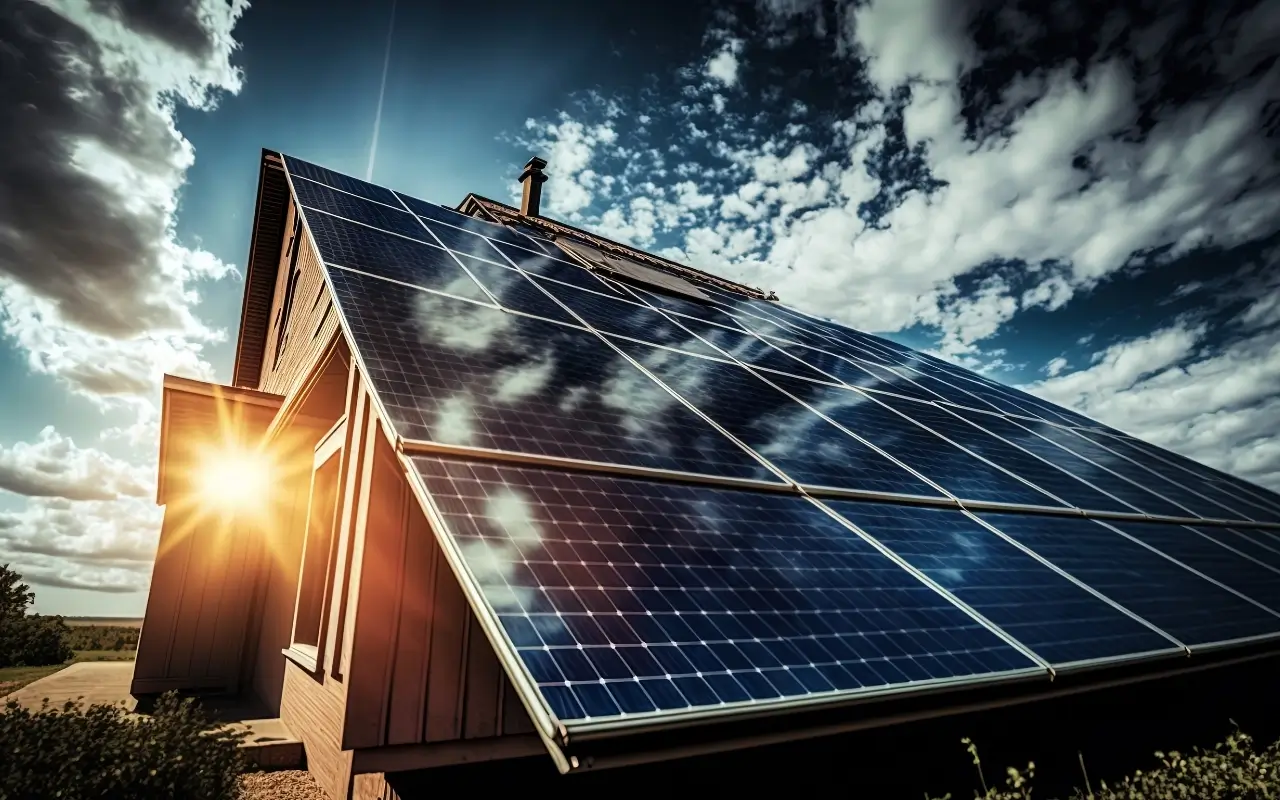
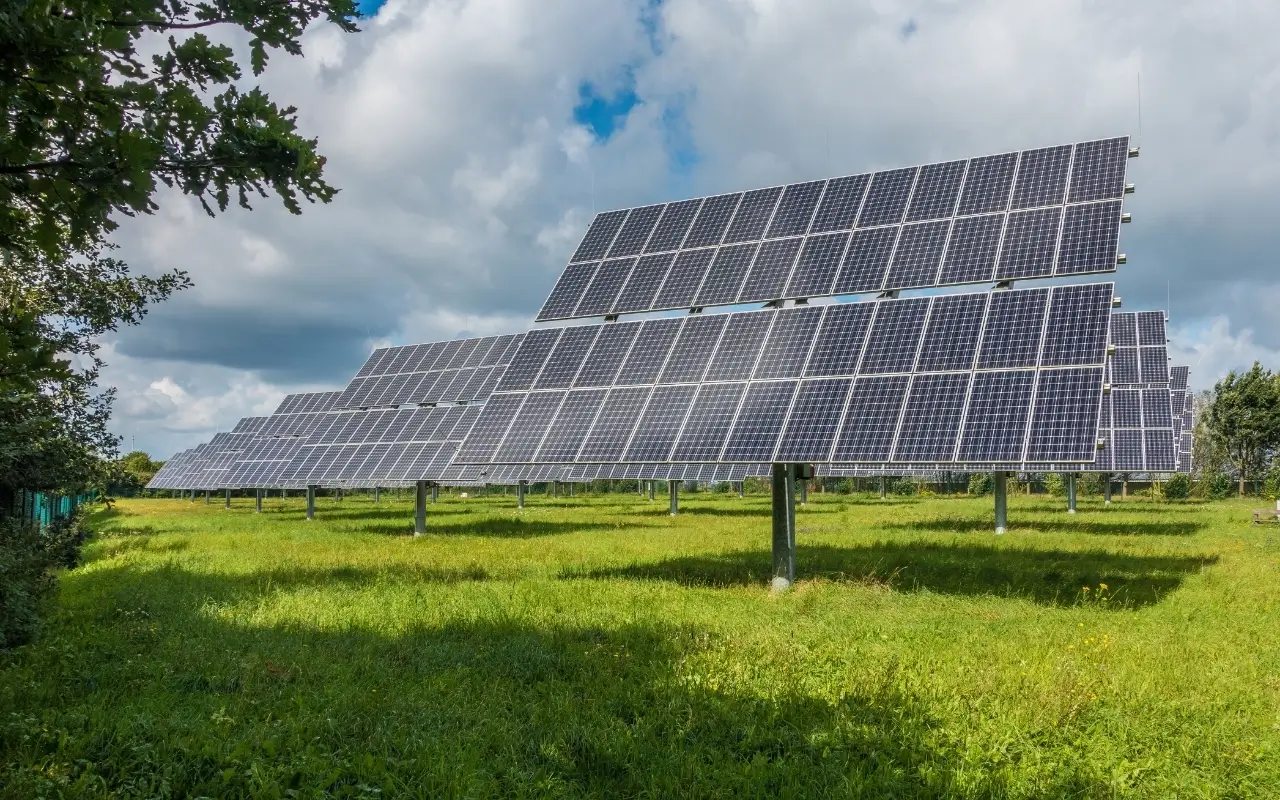
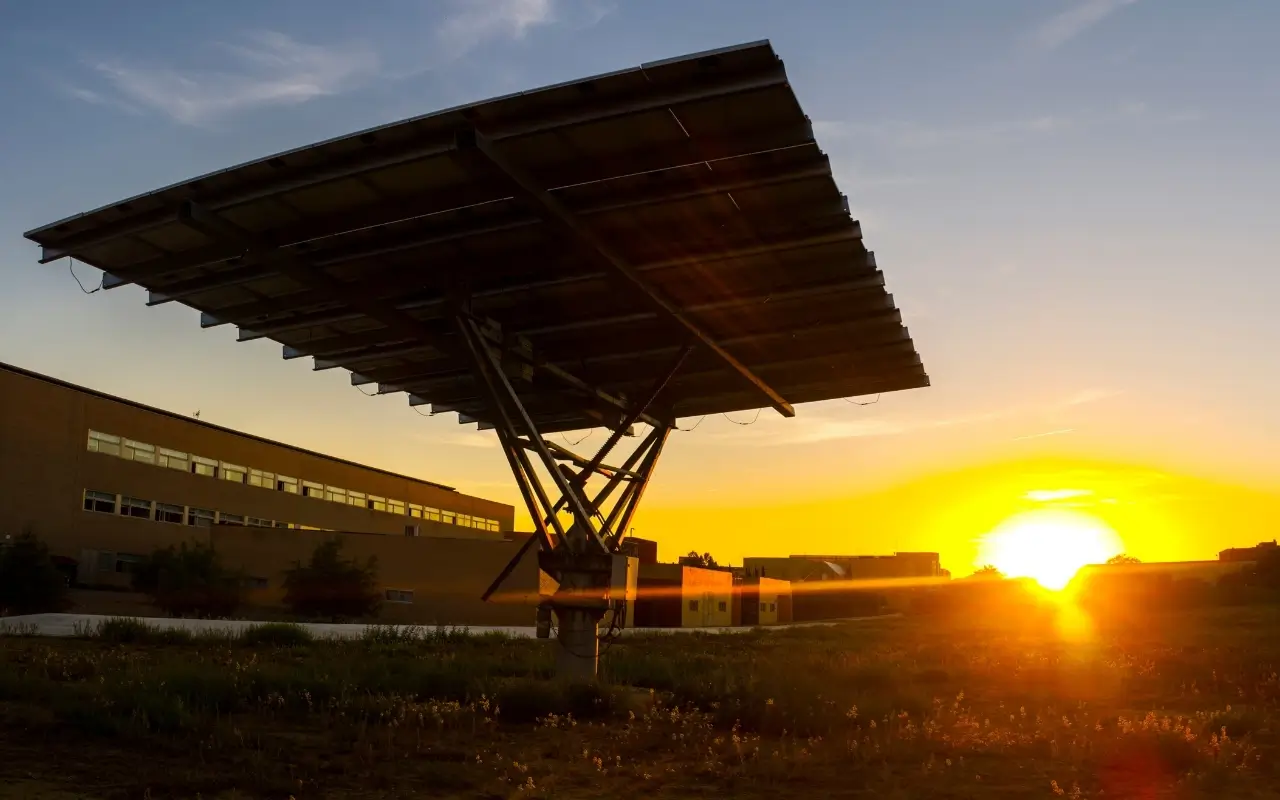
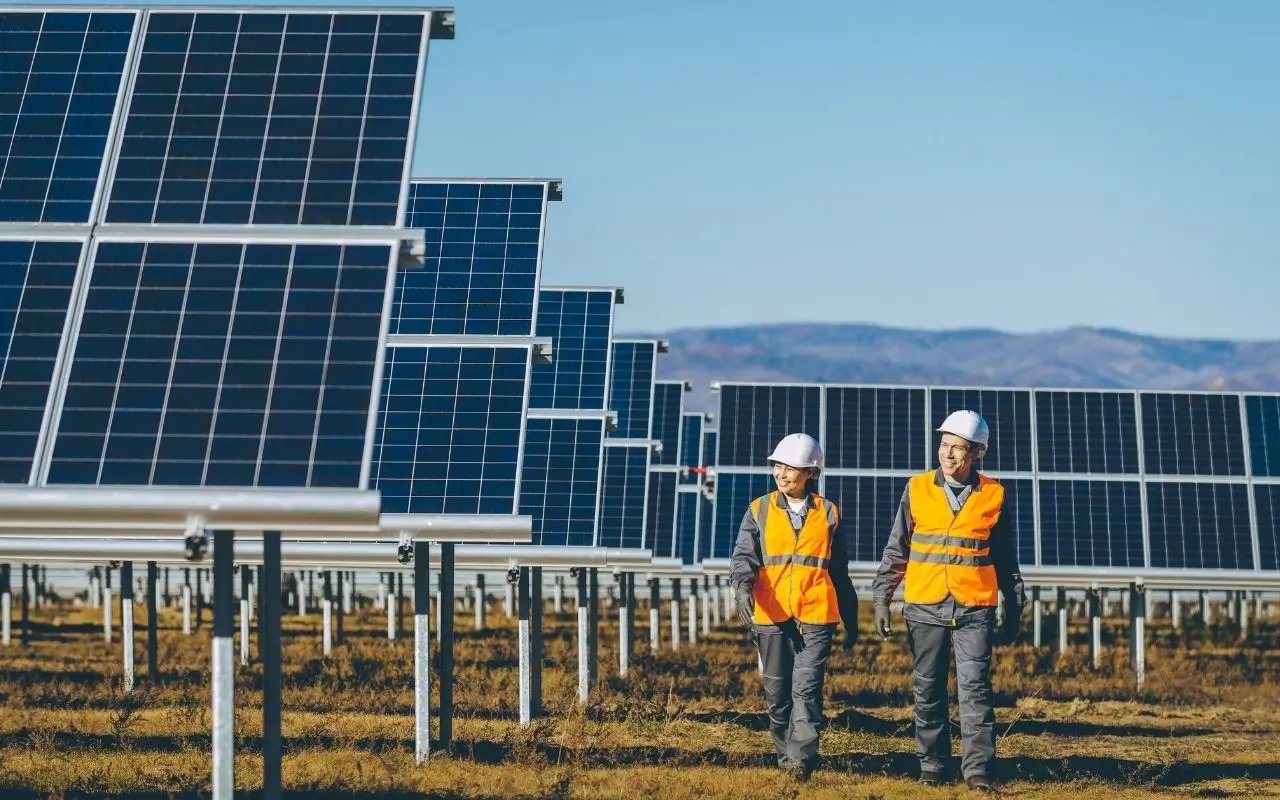
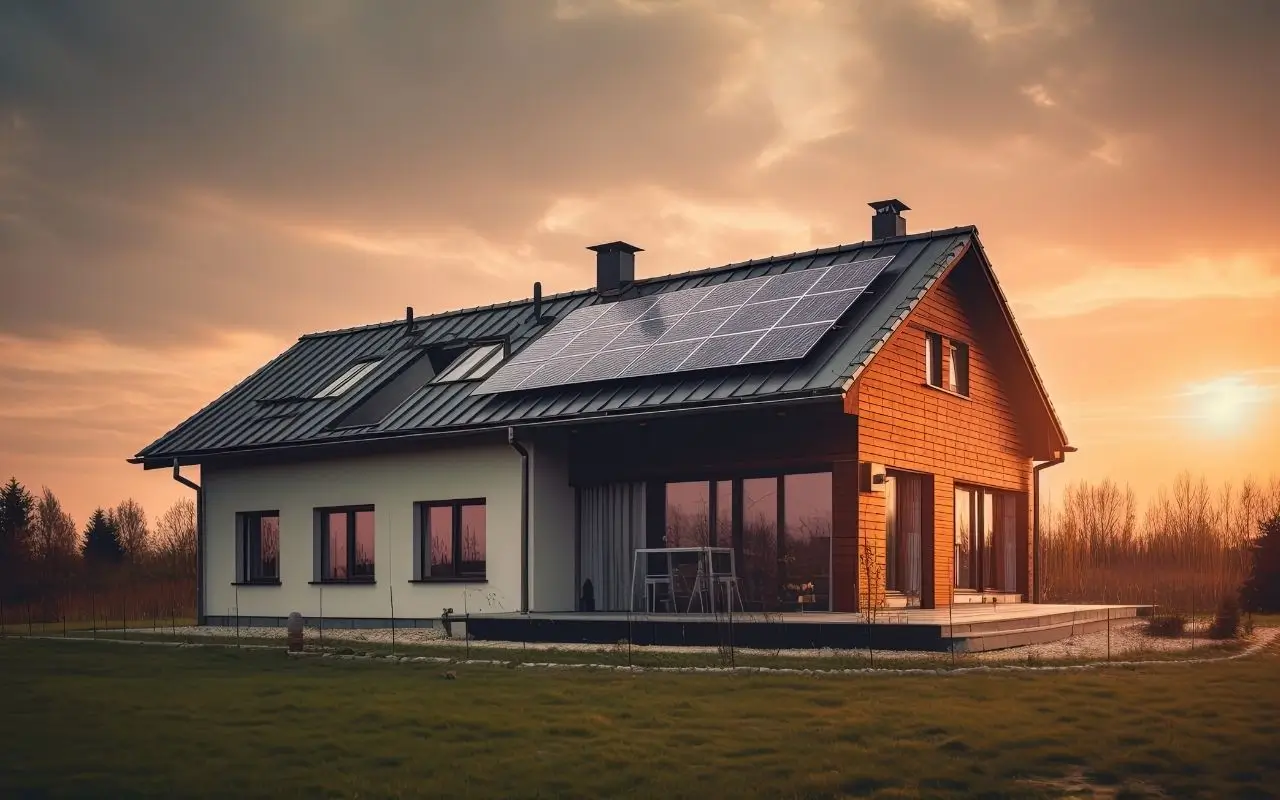
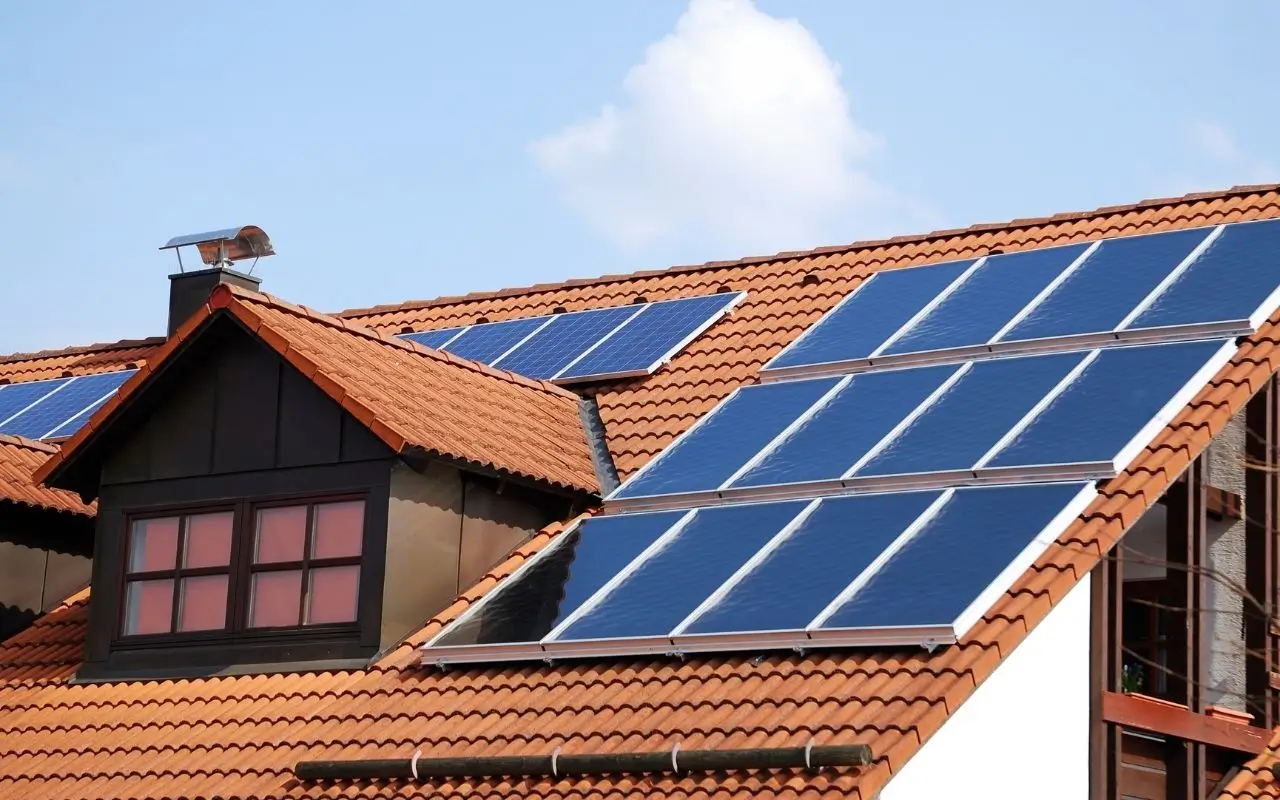
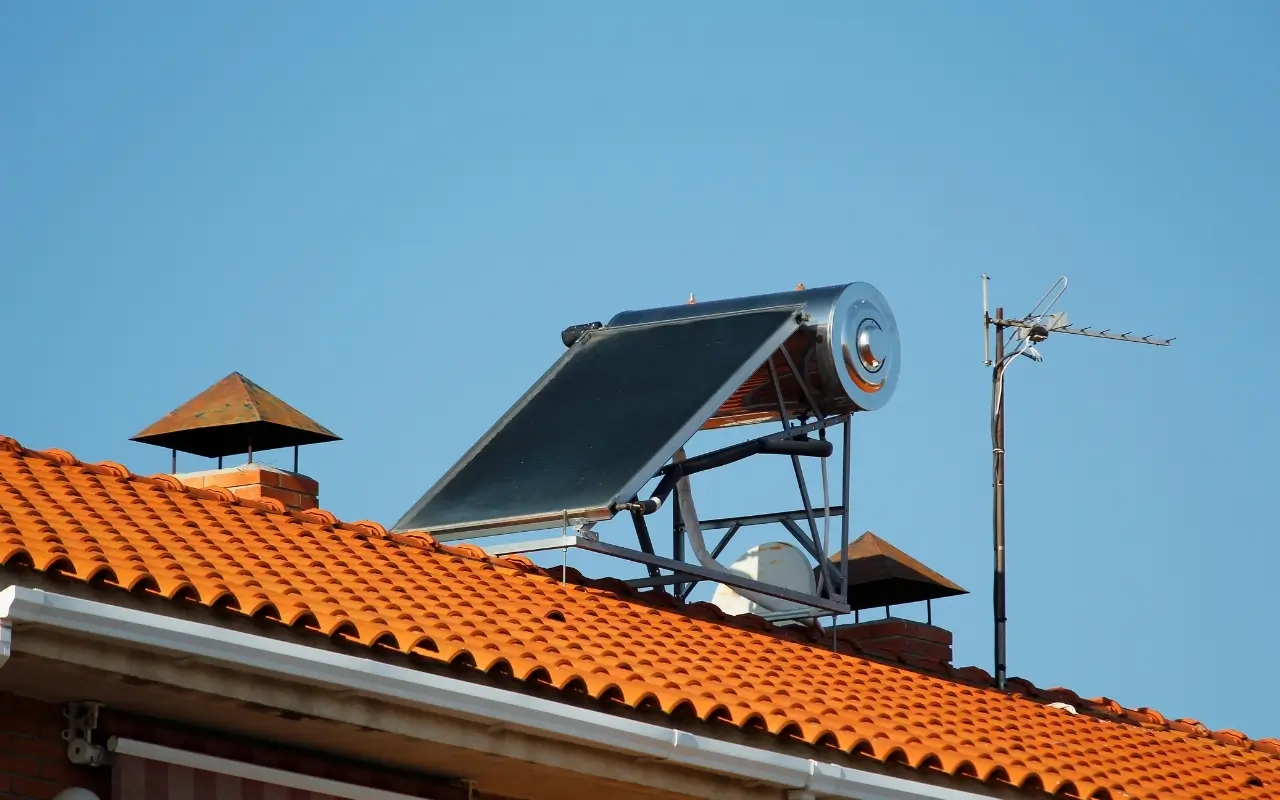
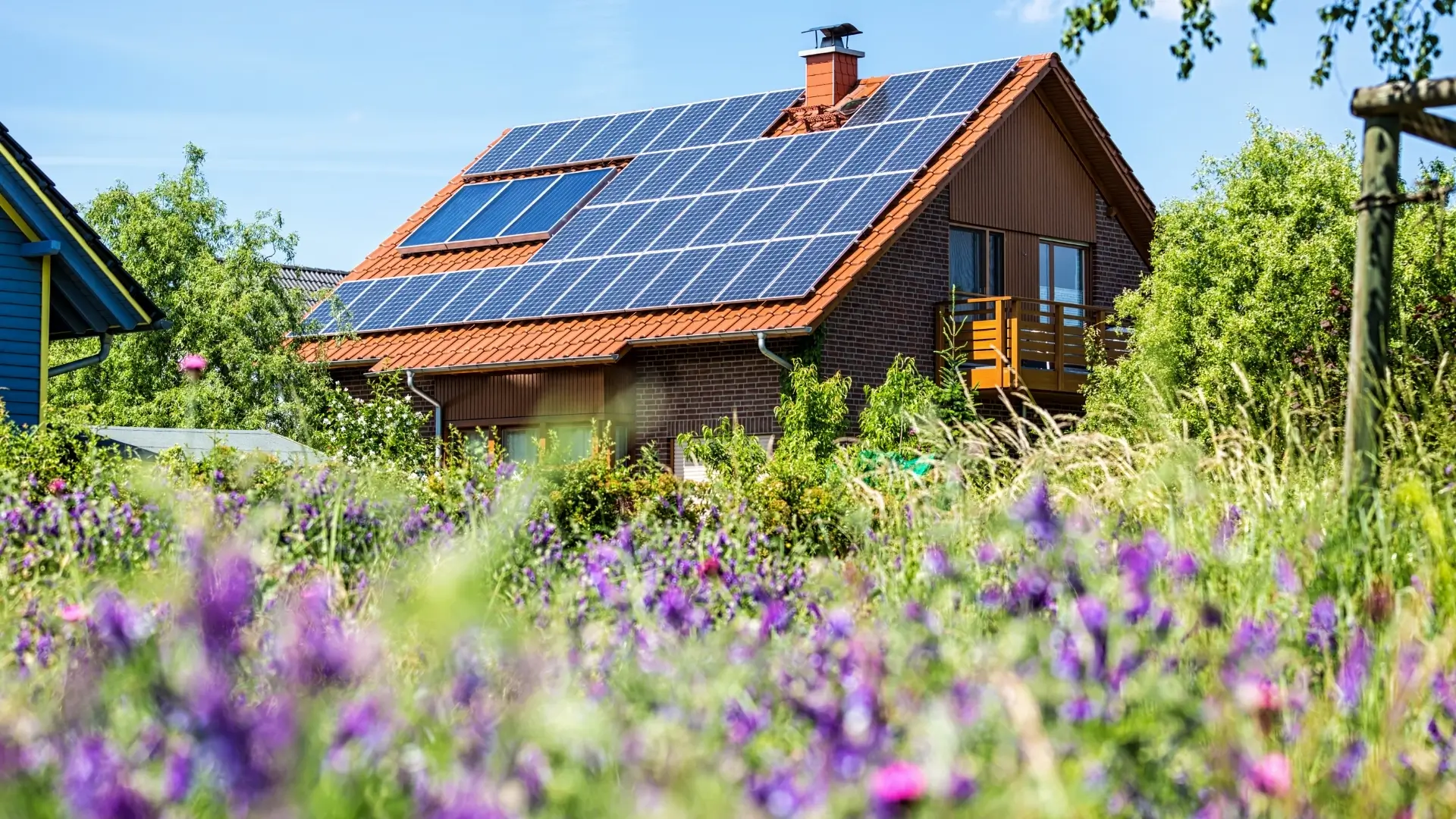
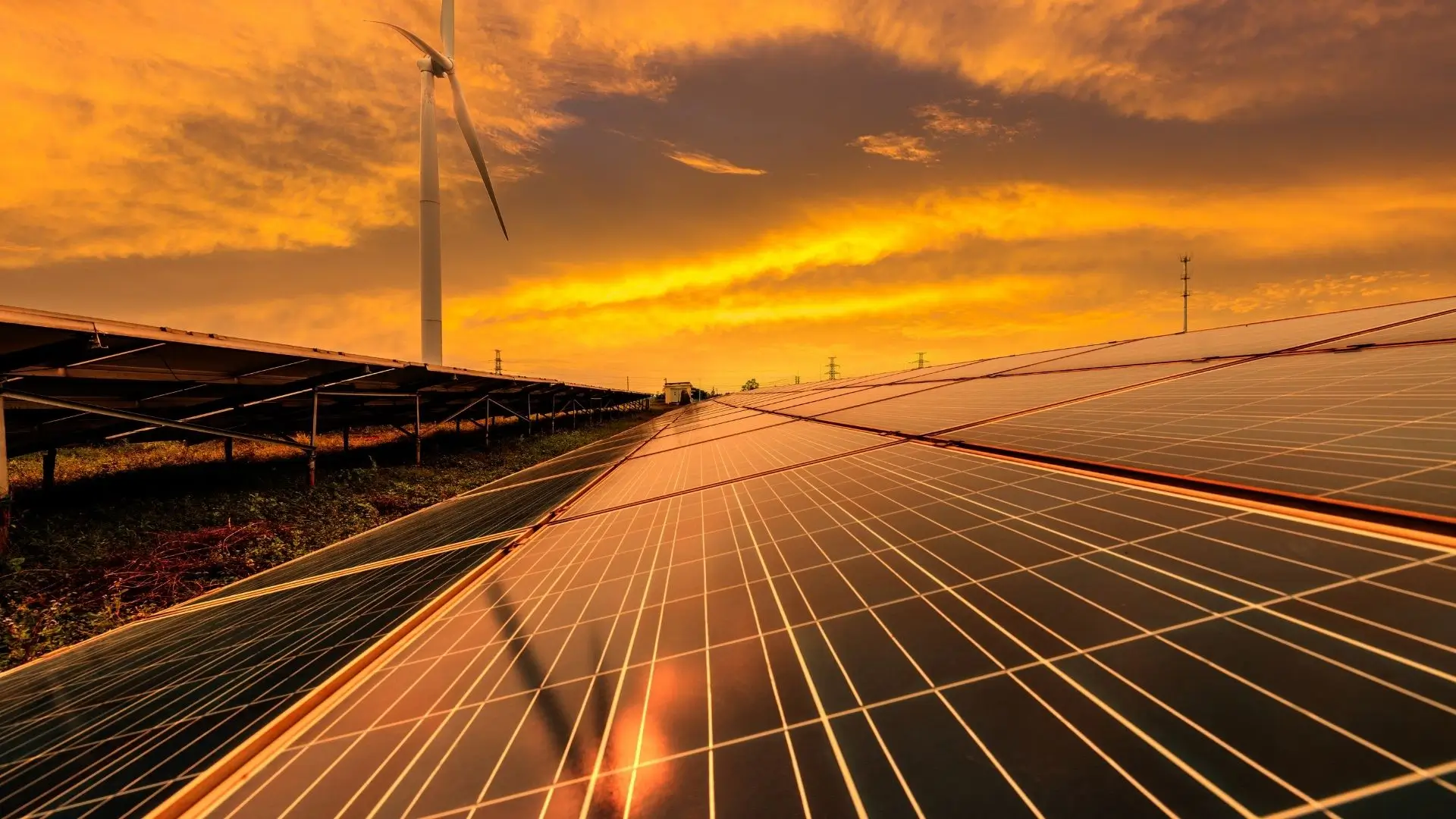
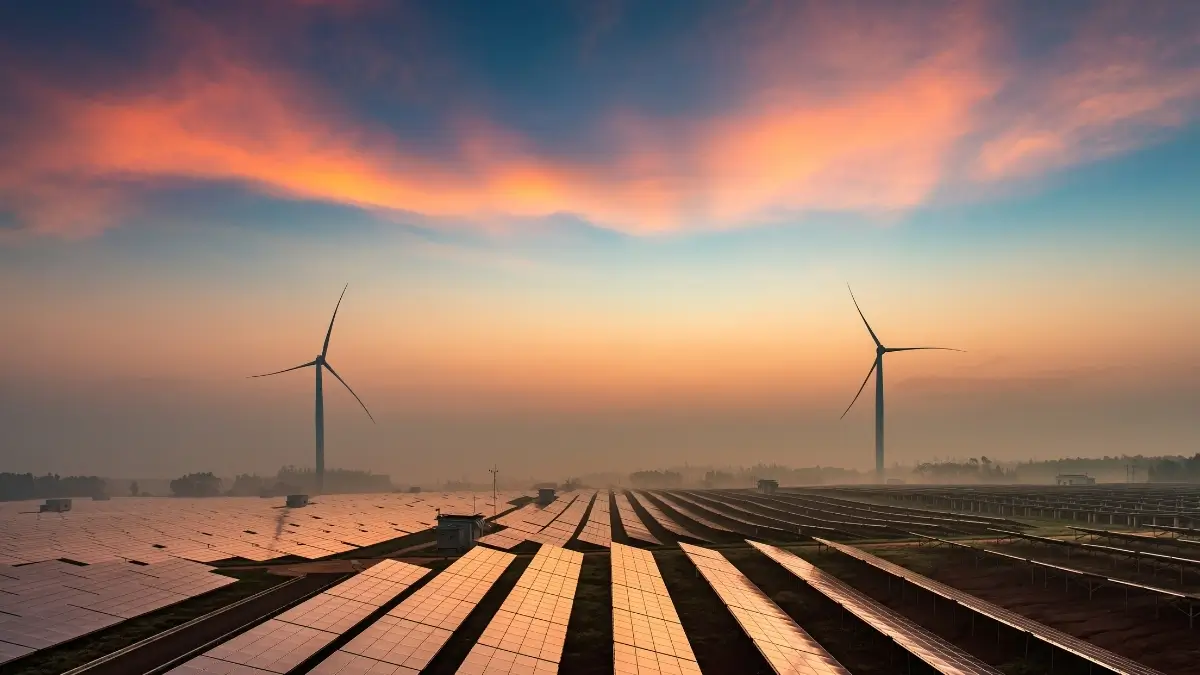
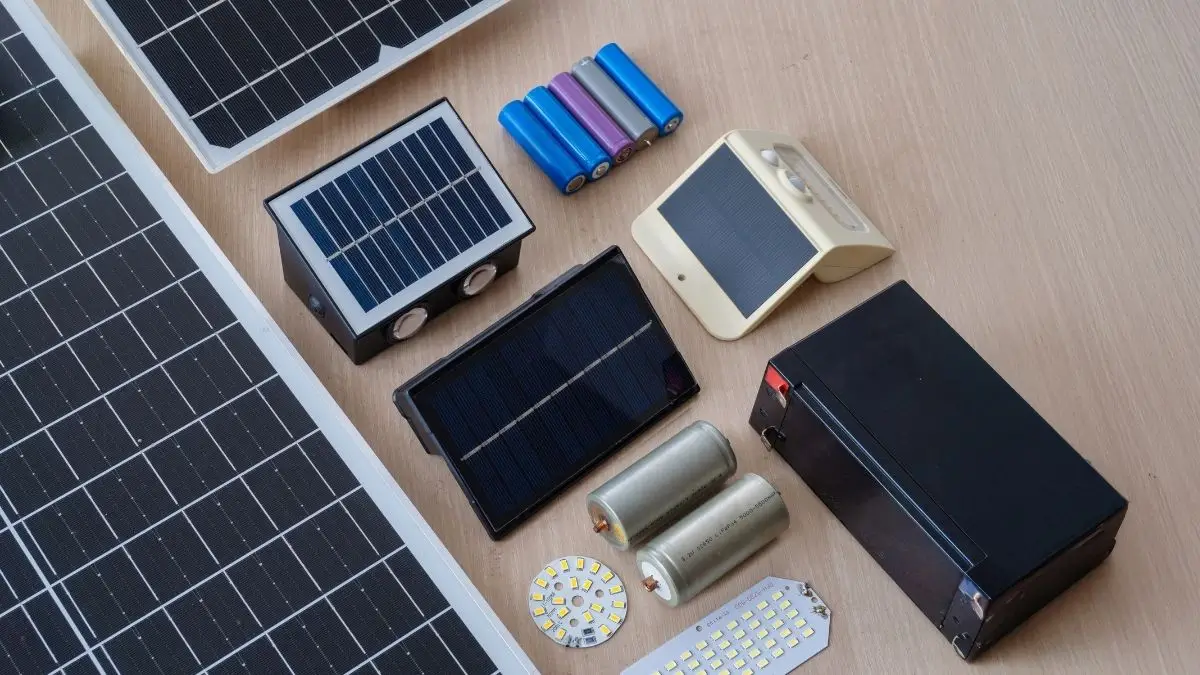
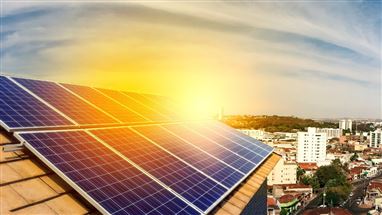
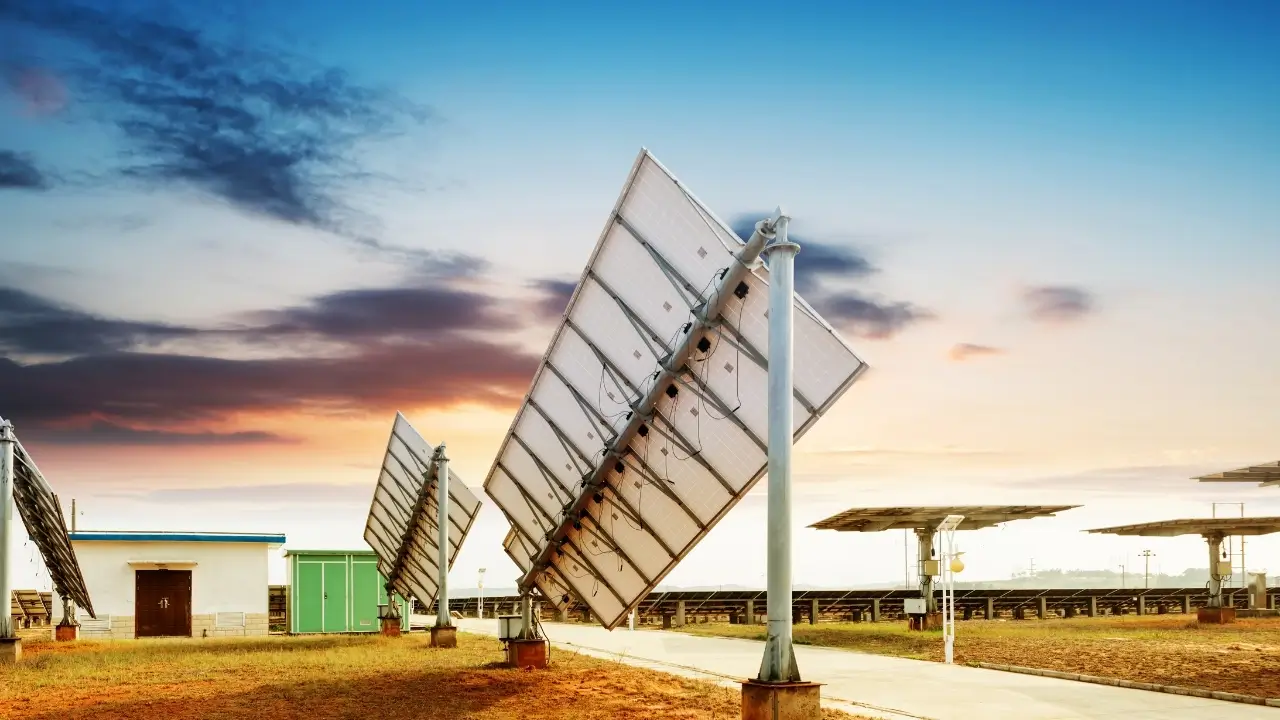
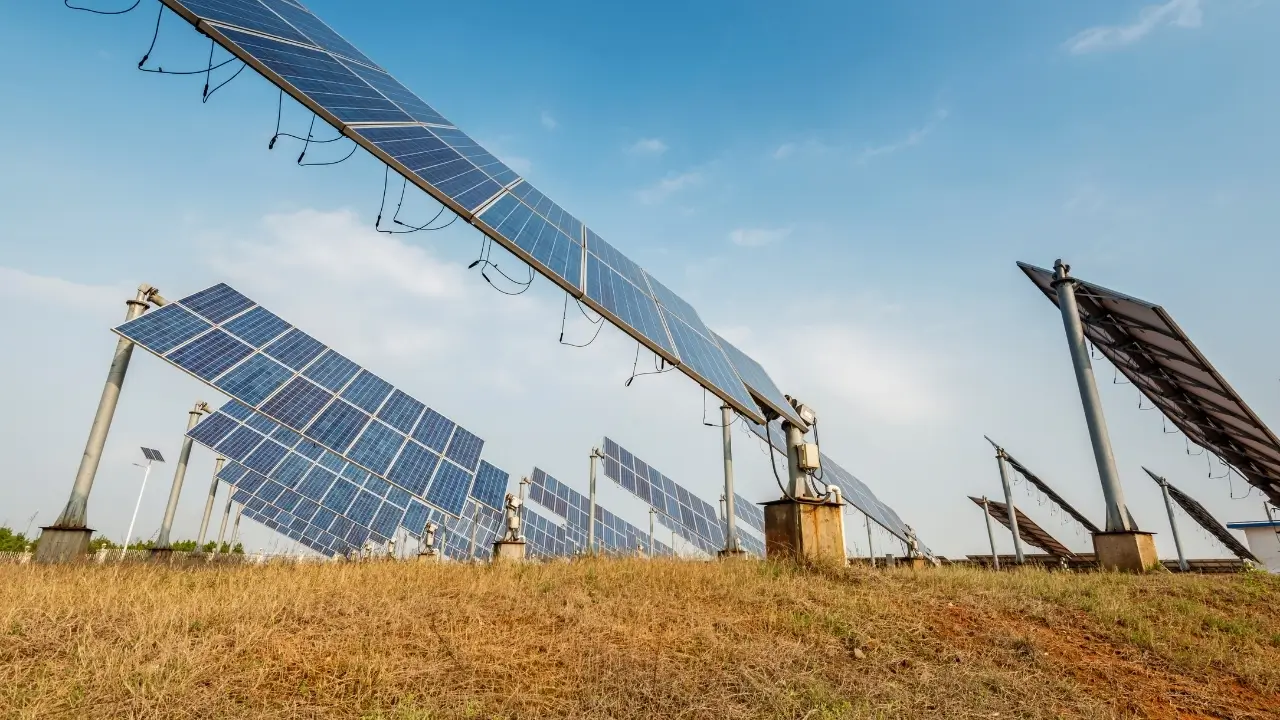
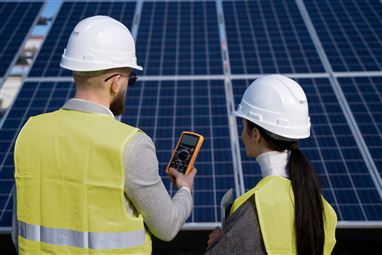
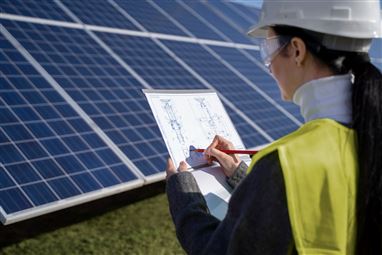
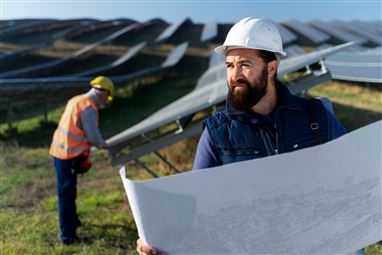
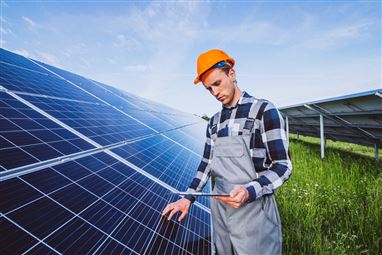
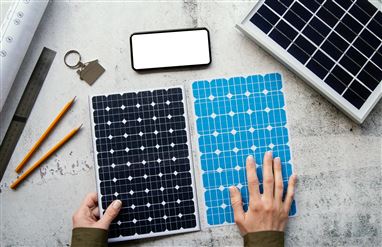
Do Comment